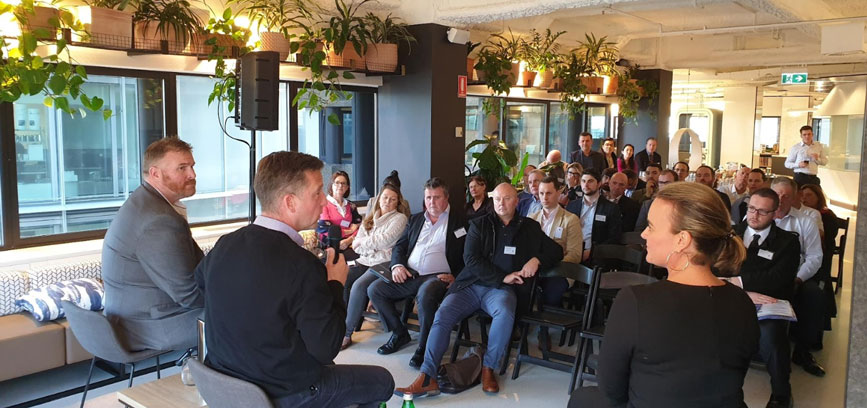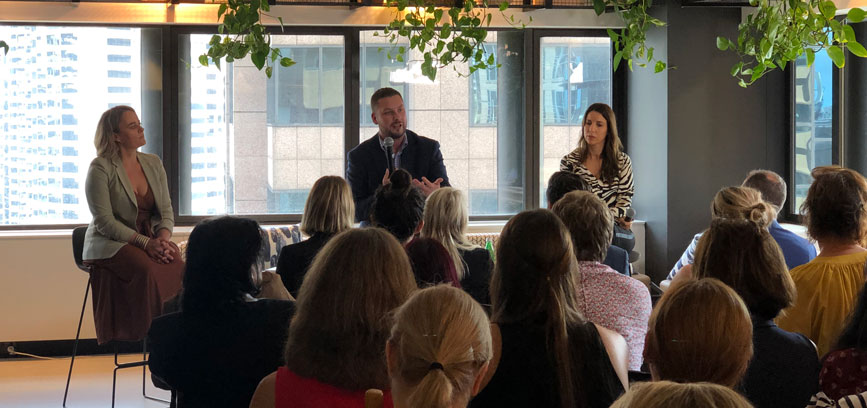Making the most informed decisions for your office move
What’s that saying about failing to plan? We know there are a few of them, and with good reason. Planning your office move is no different. Taking the time to make the most informed decisions can be the difference between a successful office relocation with minimal downtime and effect on productivity and an unsuccessful move that is stressful, inefficient and disruptive.
Preparing in advance will ensure your move is streamlined, both for your employees, teams and departments as well as for your clients and customers. A well-planned office move will mean a smooth transition where business-as-usual is affected as little as possible.
With this in mind, it makes sense to work alongside reliable and experienced professionals with plenty of the right skills and knowledge to ensure your office move goes off without a hitch. In this post, we’ll cover the key specialist roles usually employed in an office move and how they can help you make the best and most informed decisions when planning your office move.
Workplace strategist
Keeping your employees satisfied and attracting top-notch talent is a difficult job and designing an employee-centric workplace is one of the most important ways you can recruit and retain incredible employees. A workplace strategist will assist you to integrate the people, places and processes of your business, ensuring a productive, happy and efficient workplace.
Bringing together knowledge in facilities, interior design, real estate and IT, your workplace strategist can help you lower costs, drive workplace transformation and increase collaboration within and between teams and departments.
Undergoing major change, like office relocation, can be the perfect catalyst to hire a workplace strategist to create a holistic strategic framework from which your company can continue to grow.
Agents and tenant representatives
An agent is a landlord representative. It’s their job to lease out space in buildings. Most commonly, they have five or six buildings in their portfolio at any time, and they represent the landlords of those spaces. Whilst they are working on the landlords’ behalf representing their client’s interests, they also seek to maximise the potential of the space to garner the best result.
On the other side sits a tenant representative, who does exactly that – they are your representative as the tenant. They are focussed solely on your needs, without being tied to a landlord, and will negotiate with both landlords and agents on your behalf. Their fee is paid by you and is usually a commission percentage based on the savings they have achieved for you.
Commercial interior designer
As the name suggests, a commercial interior designer will create and direct the construction of a commercial space. From coming up with the initial concepts and floor plans, to developing a look and feel palette and 3D visuals, to directing and managing the actual rollout of the interior design, the commercial interior designer is there to guide the entire process. Not only will they design and implement interiors which match your brief, but they are also a source of expert professional knowledge around the construction process.
Legal and financial advisers
Understanding and entering a commercial lease is a complex and considerable undertaking. Therefore it is crucial you have considered the financial and legal implications.
It is likely your CFO’s role to look at and understand the office relocation costs as well as the ongoing lease costs and work out at what levels the business is comfortable with.
A commercial leasing lawyer will be best placed to review your lease agreement and can even negotiate on your behalf in terms of fixtures, fit-out and costs. A lawyer will also check for clauses that are not in your favour, eg. big payouts at the end of your lease or unreasonable make-good obligations.
Workplace design partners
Working with a workplace design partner like Axiom will help you to define a detailed workplace strategy to help increase productivity and support your overarching business goals. Using this as a foundation they can translate these ideas and objectives into a physical workspace that meets your needs.
A good workplace design partner starts by understanding your business needs now, and your needs into the future. They will look at your people, culture and what is currently happening in your organisation to design a workplace strategy and physical workspace that is unique to your business and based on hard evidence.
Partners like Axiom Workplaces look at the big picture and are with you throughout the journey – from design conceptualisation, planning, the fit-out itself, and, after completion, they will continue to make sure your workplace transformation is right for you and your people.
Throughout Axiom’s process, clients are supported by a highly-skilled, experienced and responsive team who nurture, develop and assume total responsibility for every detail, ensuring you are consulted at each stage of the project.
Ready to jump in? Book your free consultation with Axiom today.









